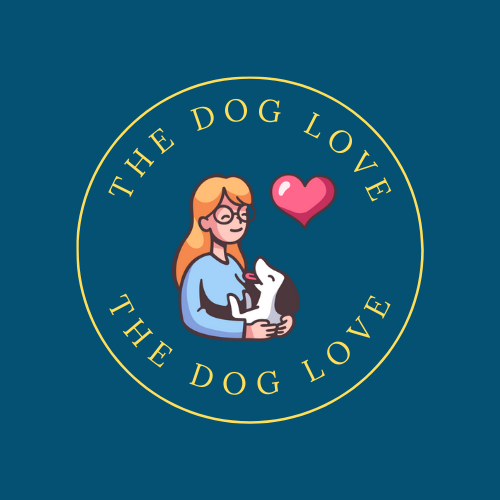Best Practices for Dog Hygiene and Grooming
Maintaining your dog’s hygiene and grooming is essential for their health and well-being. As a dedicated dog owner, you want to ensure your furry friend looks and feels their best. This guide is tailored for women in the USA, offering practical tips and best practices for keeping your dog clean and well-groomed.
1. Regular Brushing
Why It’s Important:
- Prevents matting and tangles.
- Removes dirt and debris.
- Distributes natural oils, promoting a healthy coat.
How Often:
- Short-haired breeds: Once a week.
- Long-haired breeds: Several times a week, or even daily.
Tools:
- Slicker brush for general brushing.
- De-shedding tool for heavy shedders.
- Comb for removing tangles and mats.
Tips:
- Brush gently to avoid irritating the skin.
- Check for any unusual lumps, bumps, or parasites.
2. Bathing Your Dog
Why It’s Important:
- Removes dirt, allergens, and odors.
- Keeps the coat and skin healthy.
How Often:
- Short-haired breeds: Every 2-3 months.
- Long-haired breeds: Monthly or as needed.
Products:
- Use dog-specific shampoos and conditioners.
- Avoid human shampoos as they can be too harsh for dogs.
Steps:
- Brush your dog before bathing to remove loose fur and tangles.
- Use lukewarm water to wet your dog’s coat thoroughly.
- Apply shampoo, lather well, and rinse completely.
- Apply conditioner if needed, and rinse thoroughly.
- Towel dry and follow up with a gentle brush.
Tips:
- Be cautious around the ears, eyes, and nose.
- Use a non-slip mat in the tub to prevent accidents.
3. Ear Care
Why It’s Important:
- Prevents infections and buildup of wax and debris.
How Often:
- Weekly checks and cleanings as needed.
Products:
- Vet-approved ear cleaning solution.
- Cotton balls or gauze.
Steps:
- Lift your dog’s ear flap and inspect for dirt, wax, and odor.
- Moisten a cotton ball with the cleaning solution.
- Gently wipe the inside of the ear, avoiding deep insertion.
Tips:
- Never use cotton swabs inside the ear canal.
- If your dog shows signs of infection (redness, discharge, odor), consult a vet.
4. Nail Trimming
Why It’s Important:
- Prevents overgrown nails that can cause pain and injury.
How Often:
- Every 3-4 weeks.
Tools:
- Dog nail clippers or a nail grinder.
- Styptic powder for any accidental cuts.
Steps:
- Hold your dog’s paw gently but firmly.
- Trim a small portion of the nail at a time, avoiding the quick (the sensitive part inside the nail).
- If using a grinder, smooth the edges after clipping.
Tips:
- If unsure, ask your vet or groomer for a demonstration.
- Use treats to reward and calm your dog during the process.
5. Dental Care
Why It’s Important:
- Prevents plaque buildup, bad breath, and dental diseases.
How Often:
- Daily brushing or at least several times a week.
Products:
- Dog-specific toothbrush and toothpaste (never use human toothpaste).
Steps:
- Introduce the toothpaste to your dog to get them used to the taste.
- Lift your dog’s lip to expose their teeth.
- Brush gently in circular motions, focusing on the gum line.
Tips:
- Offer dental chews and toys to supplement brushing.
- Schedule regular dental check-ups with your vet.
6. Eye Care
Why It’s Important:
- Prevents infections and removes debris.
How Often:
- Daily inspection and cleaning as needed.
Products:
- Sterile saline solution or vet-approved eye wipes.
Steps:
- Check your dog’s eyes for redness, discharge, or debris.
- Use a damp cotton ball to gently wipe away any debris.
Tips:
- If you notice excessive tearing, redness, or discomfort, consult a vet.
- Trim hair around the eyes to prevent irritation.
7. Coat Maintenance
Why It’s Important:
- Keeps the coat healthy and reduces shedding.
How Often:
- Depending on the breed, regular grooming is essential.
Products:
- High-quality dog shampoos and conditioners.
- Leave-in conditioners or detanglers for long-haired breeds.
Tips:
- Schedule regular grooming sessions, especially for long-haired breeds.
- Keep your dog’s coat trimmed to prevent matting and overheating.
Conclusion
Regular hygiene and grooming are essential for keeping your dog healthy and happy. By incorporating these best practices into your routine, you can ensure your furry friend stays clean, comfortable, and looking their best. Remember, grooming is also a great bonding experience, so enjoy the time you spend pampering your pet. Happy grooming!
